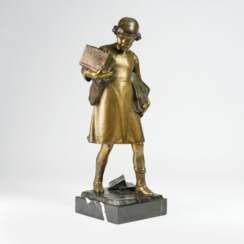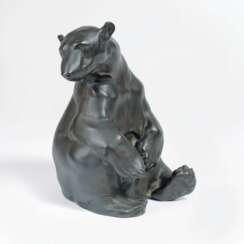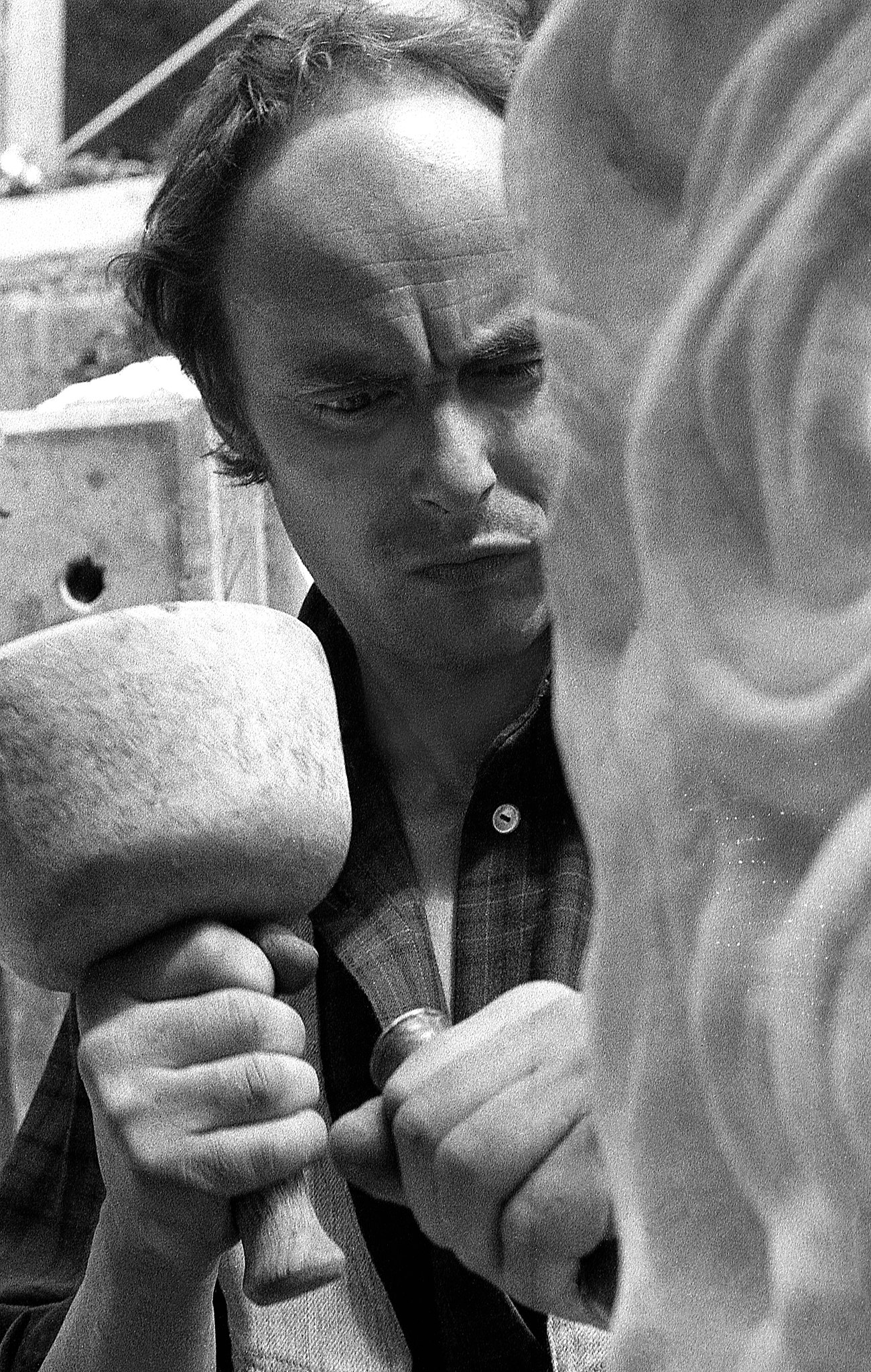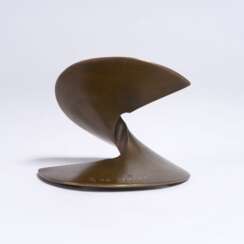
Sculptures and Bronzes — Auktion Kunst und Antiquitäten
Georg Mattes was a German sculptor. His work can be found in many Munich churches, schools, hospitals and museums.
Georg Mattes was professor of sculpture at the Munich Academy of Arts.

François-Raoul Larche was a French Art Nouveau sculptor whose work included several figures of Christ, but who may be better known for his numerous female figures, both nude and draped.
He was one of several artists inspired by the dancer Loie Fuller; one of his best-known statues depicts Fuller dancing with part of her drapery billowing above and behind her head like a flame.

Victor Heinrich Seifert was an Austrian sculptor.
Seifert studied first at the University of Applied Arts in Vienna and later at the Berlin Academy of Art. After the end of World War I, he created many war memorials for German cities and towns, for which he became famous. Seifert also worked on classical nude sculptures in bronze.

Fritz Heinemann was a German sculptor. Heinemann belonged to those artists who set themselves apart from the prevailing New Baroque of the time by Reinhold Begas and his students with a tectonic formal language in the sense of Adolf von Hildebrand. Some figures are close to the works of Auguste Rodin. His work covers almost the entire sculptural spectrum: monuments, gravestones, genre figures, busts and small bronzes.

Friedrich Wilhelm Kuhnert was a German painter, author and illustrator, who specialized in animal images. After illustrating the books of Alfred Brehm, he travelled to German East Africa to observe animals in their habitat and produced numerous paintings that defined Africa for many Germans of the period.
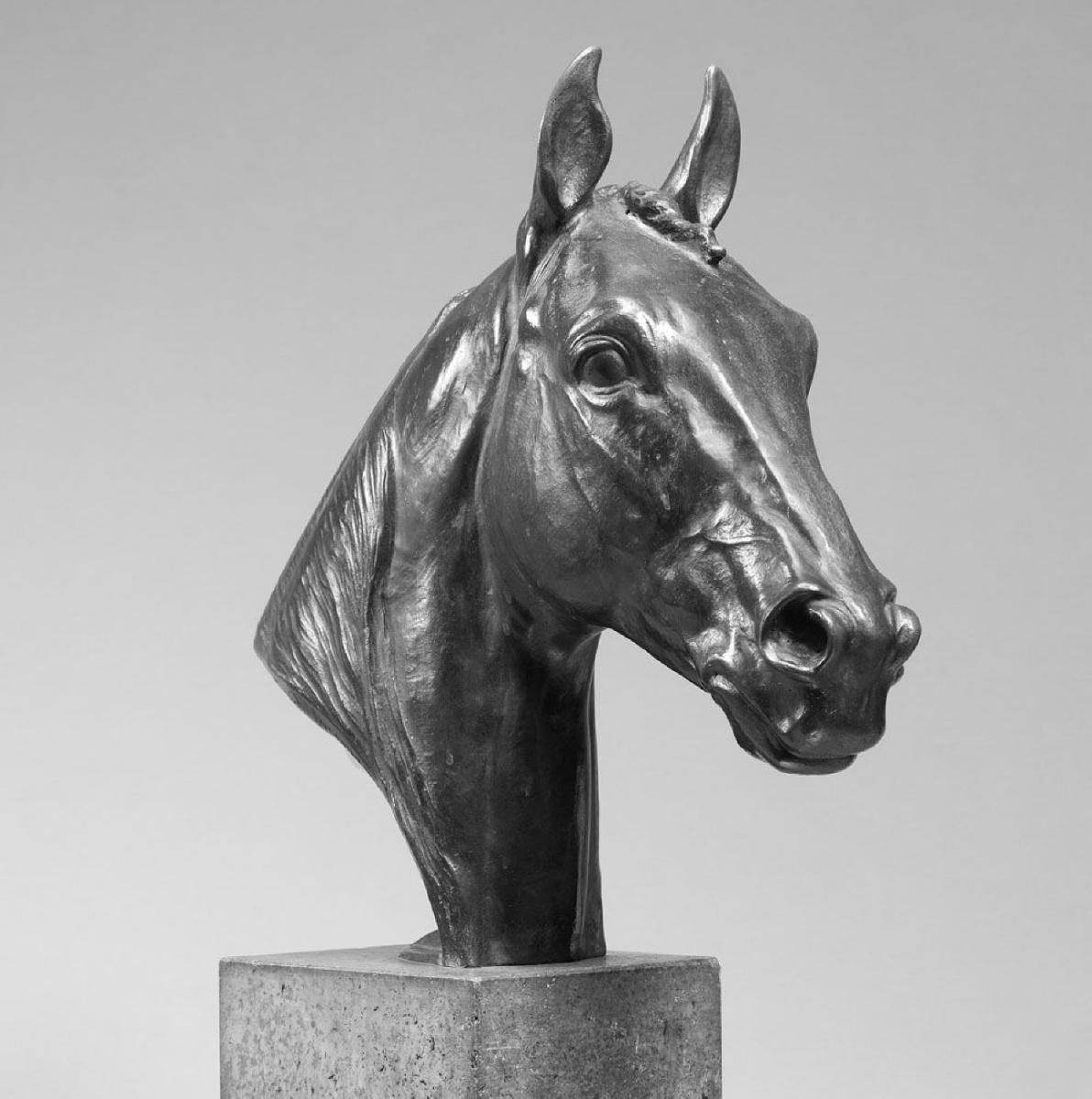
Albert Hinrich Hussmann was a distinguished German artist and sculptor renowned for his specialization in horse and rider statues. Educated at the Academy of Fine Arts in Berlin, Hussmann's artistic contributions were prominently featured in the Great Berlin Art Exhibition, showcasing his profound skill and dedication to his craft.
Throughout his career, Hussmann was celebrated for his dynamic portrayal of equestrian subjects, capturing the grace and power of horses with remarkable precision and emotion. His work with the Bavarian porcelain company Rosenthal from 1909 to 1943, further solidifies his legacy, highlighting his versatility and influence in both sculpture and fine arts. His artistic journey concluded with his passing on November 15, 1946, in Lüdingworth, Germany, leaving behind a legacy celebrated in various collections and exhibitions.
For collectors and experts in art and antiques, Hussmann's sculptures embody the pinnacle of equestrian art, offering a glimpse into the artist's profound admiration and understanding of his subjects. His pieces remain a testament to his skill, capturing the essence of movement and the nobility of the horse with each sculpture.
To stay informed about exhibitions, sales, and auction events related to Albert Hinrich Hussmann's work, signing up for dedicated updates is advisable. This ensures access to the latest information and opportunities to appreciate the enduring artistry of one of Germany's celebrated sculptors.


Joern Pfab was a North German sculptor who used bronze, stone, stainless steel and plastic for his work. He studied at the Hamburg University of Fine Arts under Edwin Scharff.
Joern Pfab, together with Fritz Fleer, set up a bronze casting workshop. His early works include figurative statuettes and portraits. Later he became interested in abstract plant motifs, which over time became increasingly stereometric.

Joern Pfab was a North German sculptor who used bronze, stone, stainless steel and plastic for his work. He studied at the Hamburg University of Fine Arts under Edwin Scharff.
Joern Pfab, together with Fritz Fleer, set up a bronze casting workshop. His early works include figurative statuettes and portraits. Later he became interested in abstract plant motifs, which over time became increasingly stereometric.































